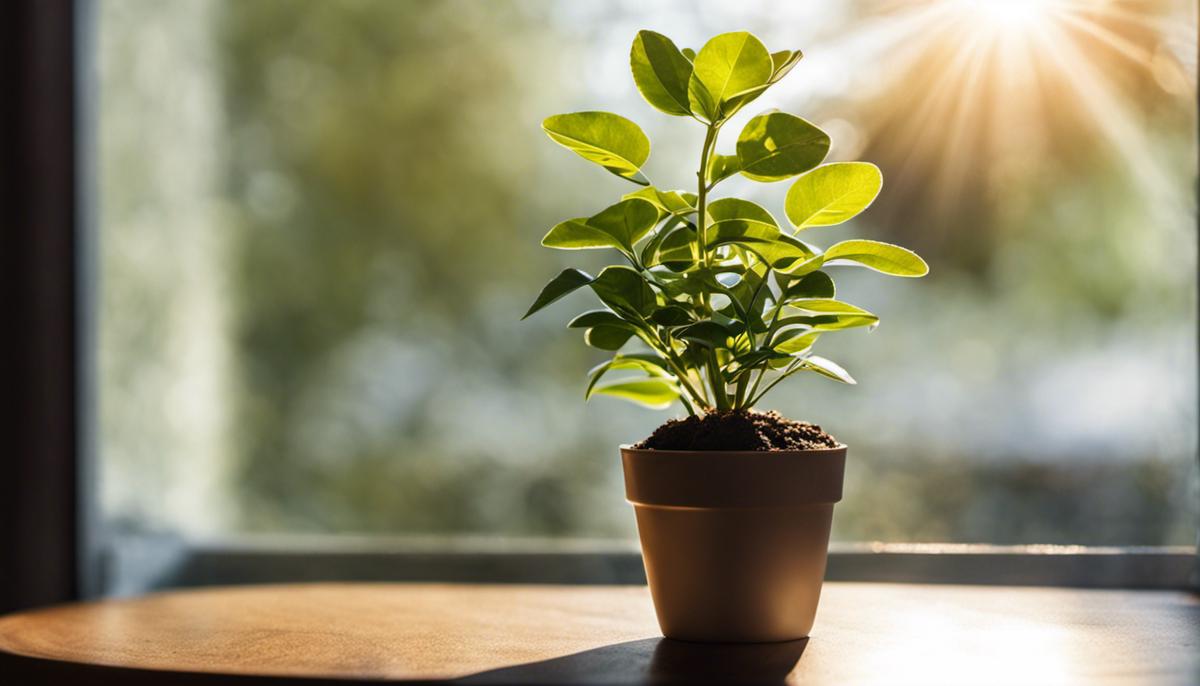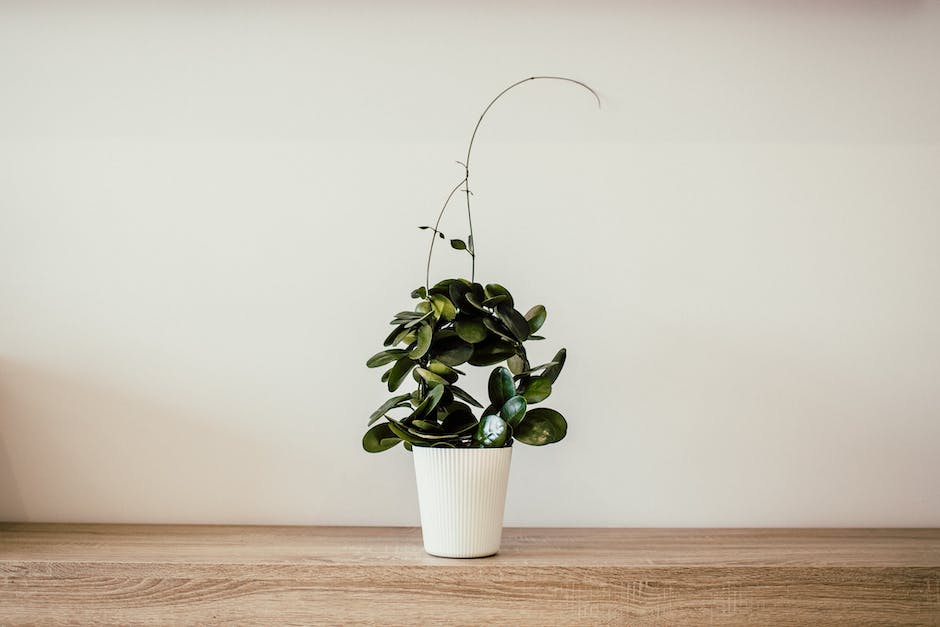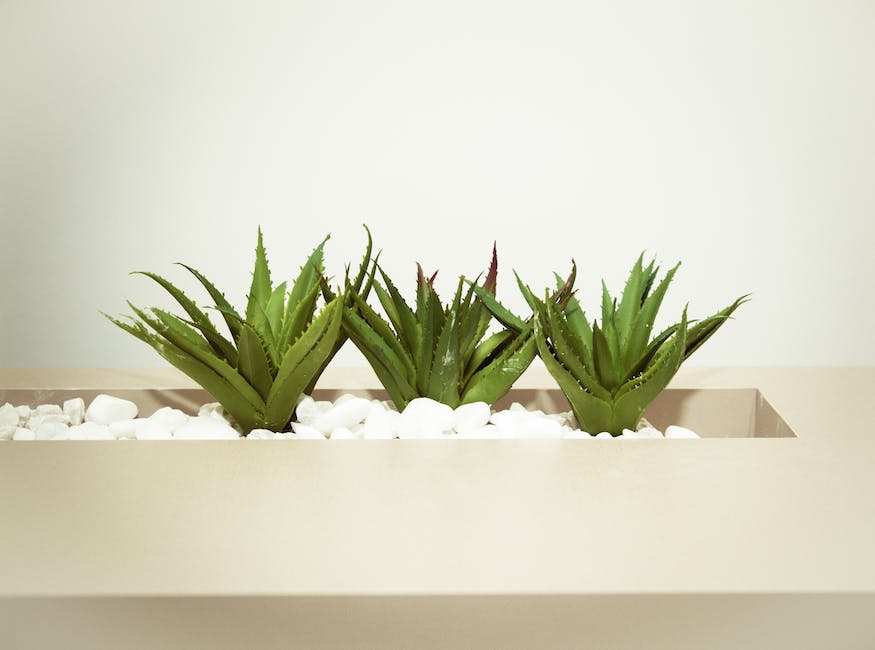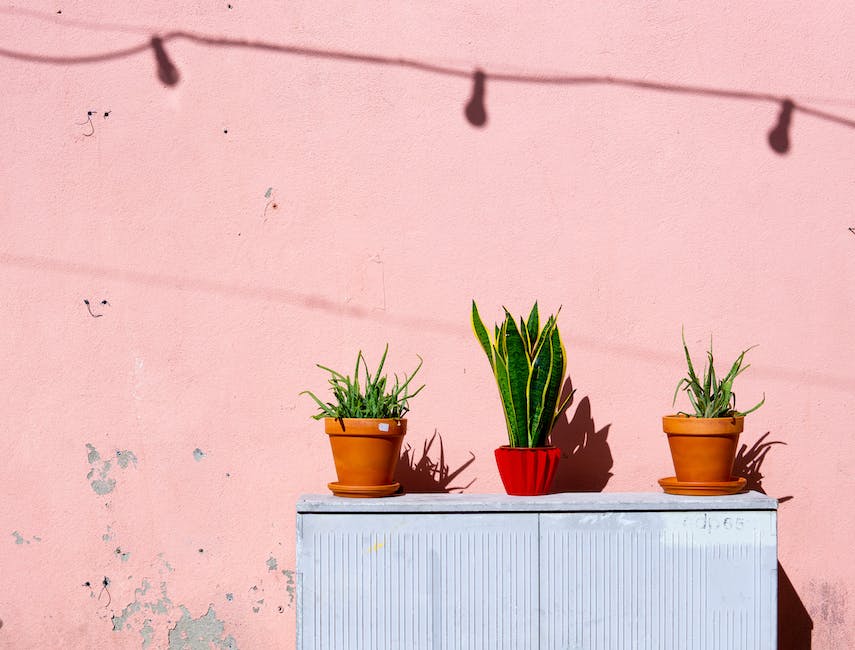Thriving Office Plants for Zero Light Spaces

Step into any modern office setting, and it’s not uncommon to see green foliage peeking from various corners, dotting the landscape of the working environment with vibrant life. Office plants have grown popular owing to their myriad benefits, spanning air purification, aesthetic appeal, and stress reduction. However, the disadvantage of insufficient natural light in many office spaces often serves as a barrier to maintaining a thriving indoor plant collection. This need not be so. Hidden in the world of flora are a variety of species that have proven adaptable to low light, aka ‘no light’, conditions, demonstrating resilience in the face of adversity while still blessing their surroundings with sufficient air quality and eye-pleasing serenity. This exploration focuses on understanding these unique plants, their needs and benefits, and claims that total darkness isn’t their requirement. Furthermore, we look at ways to beautify your office space with these tenacious green allies without the need for sunshine, providing a comprehensive guide to succeeding in your green office endeavor.
Understanding Light Requirements for Plants
The Essential Influence of Light on Plants and the Unveiling Survival Skills of Office Plants.
Lighting: It’s not just essential for sunrise coffee mavens or artistic photographers, it’s absolutely pivotal in the world of plants. From enormous redwood trees to the pint-sized desktop bonsai, light conditions can make or break our chlorophyll-filled friends.
Let’s start with the basics. Most of us remember some tidbits from our high school biology classes about photosynthesis – that magical process where plants transform light energy into chemical energy. They essentially take sunlight’s raw photons and turn it into delicious carbohydrates, the miracle fuel that drives their growth.
Regardless of whether a plant resides in a steamy jungle or an arid desert, all plants require light for photosynthesis to take place. But here’s the twist: not all plants need the same amount of light. Some soak it up like an eager sunbather, while others can survive with a mere dappling. These varying needs often determine where a plant naturally thrives and what types of adaptations they might have evolved over time.
Now, we get to the crux of the matter: office plants. These stalwart companions of cubicle-dwellers often seem to defy the odds, thriving on a diet of fluorescent light and Saturday to Sunday darkness. How do they achieve this miraculous feat?
The trick lies in the plant type and the surprising resilience of certain species. Most office plants are categorized as “low light” plants. These species, such as the Snake plant or Peace Lily, have evolved in the understory of forests, conditions which mimic the reduced light of an office setting. These areas receive less than full, direct sunlight and are more akin to partial shade. As such, these plants have developed numerous survival skills to persist with minimal light.
One such characteristic is their lush, deeply colored leaves. Darker foliage absorbs light across the visible spectrum more efficiently than its paler counterparts, optimally pulling all available light. Moreover, these star office performers are also excellent at storing energy, allowing them to subsist during those light-starved weekends. Quite remarkably, low light plants have the unique ability to adjust their photosynthesis rates to adapt to their lighting conditions. Talk about botanical efficiency!
So, while every plant truly depends on light for survival and growth, it’s fascinating to note the different mechanisms they’ve developed over time to accommodate their specific needs. Office plants, in particular, have honed remarkable skills to not only survive but even thrive in conditions that would challenge others.
Understanding a plant’s light requirements and adaptations is key to successful plant care – whether you’re a green-thumbed hobbyist or just appreciate the dignified presence of a good office plant. Shining a light (pun absolutely intended) on this physiological process underscores not just botanical knowledge, but the incredible resilience and adaptability of the natural world, one undemanding office plant at a time.

Popular No-Light Office Plants
Vibrant Green in Dim Spaces: The Ultimate No-Light Office Plants
Every plant enthusiast knows well, the joy and tranquility of watching their beloved green companions grow. They’re not just office decor! They assist in purifying the air while serving as subjects of admiration and symbols of dedication. What happens, however, when the office space lacks the luxury of adequate daylight? That’s where the marvel of adapting plant nature comes in. These unique flora not only survive but bloom without basking in bright sunlight. Let’s dive into some of the varieties that make the cut for the most favored office plants without the need for light.
Leading the pack is the indestructible ZZ Plant (Zamioculcas zamiifolia). This tropical perennial thrives in dim conditions, with its glossy, dark-green leaves retaining their vibrancy even in minimal light. Root tubers support this plant’s resilience by storing water, allowing it to endure longer periods without watering. Perfect for forgetful waterers!
Then, we have the queen of houseplants, the Peace Lily (Spathiphyllum). This versatile plant visually communicates its needs, with its leaves wilting when thirsty, then perking up after a good soak. The Peace Lily produces elegant white flowers, even in low light conditions— a real overachiever!
Who doesn’t love a good Snake Plant (Sansevieria trifasciata)? Known for their hardiness, these plants can withstand not only darkness but infrequent watering as well. There’s something strikingly modern about their tall, upright leaves that can add an air of sophistication to any office setup.
When talking about shade-loving plants, the Philodendron family is hard to beat. Several cultivars like the heartleaf and Brasil philodendron flourish despite a lack of light. With their fast-growing, trailing foliage, they’re just what you need to add a luxuriously verdant touch to your workspace.
Finally, there’s the undemanding Pothos (Epipremnum aureum). Its golden, variegated leaves cascade down the side of pots or creep along the office bookshelves, even in shadowy corners. Cocktails of this plant, such as “Golden Pothos” or “Neon Pothos,” retain much of their vibrant color without the need for bright light.
Each of these plants has proven to be capable survivors in challenged lighting conditions. Their unique adaptations and hardy nature have earned them their rightful place in countless offices around the country. Remember, though, even low-light plants need some light, albeit indirect, to sustain their photosynthetic activities.
Indeed, the world of no-light office plants is enchanting. Don’t let poor lighting conditions dim your green aspirations— there’s a whole host of plants just waiting to brighten up your office life, one leaf at a time. Now, go on and share your newfound knowledge, fellow plant aficionados!

Caring for No-Light Office Plants
It’s true, office plants have a remarkable knack for thriving in places that most plants would flounder.
Alright, let’s segue into talking about nurturing these office plants in no-light conditions. Now, saying “no-light” might sound a bit extreme, but bear with me. We’re referring to those office nooks and crannies that sunlight simply doesn’t reach. Not to worry! We’ve got a few insider tips that will coax even the most stubborn of office greenery to survive and even thrive under these conditions.
Firstly, let’s talk about artificial light. If Mother Nature won’t grant natural light, why don’t we use a bit of human innovation? Under-cabinet lighting, for instance, mimics natural light and is perfect for low-light plants. How about adding desk lamps with full spectrum bulbs? This incredibly useful technology simulates sunlight remarkably well and provides the necessary light spectrum for photosynthesis – a real boon for your hardy office plants.
Next, a quick chat about rotating your plants. Remember, even indoor plants could do with a change of scenery! Moving your plant to an area with a bit more brightness every once in a while helps it rejuvenate. No sunlight doesn’t have to mean “Lights Out” for these troopers.
Did you know that some plants eat using their roots and not their leaves? That’s right, nutrient-rich soil is a lifeline for many office plants, compensating for lack of light. Regular applications of balanced and slow-release fertilizers can work wonders. These babies feed the plant from the roots upwards, providing a steady stream of nutrients despite the lack of light.
Let’s not forget the power of watering right. Overwatering is a common pitfall. Low light plants need less water as they utilize lower energy and carry out slower photosynthesis. A good rule of thumb? Water when the soil is dry to touch. It’s simple but effective, ensuring that you don’t drown your office companion.
And last but not least, remember, it’s okay to accept that not every plant will make it – it’s a learning process. Often, there’s just as much to learn from the plants that didn’t work out as the ones that thrive. It’s about trial and error, understanding what your particular office environment can sustain. There’s no one-size-fits-all when it comes to nurturing office plants in no-light or low-light scenarios. So, here’s to resilient plants and even more resilient enthusiasts who keep on trying until they cultivate the perfect office sanctuary.
The joy of caring for plants is never-ending, just like the opportunities to learn. Hey, maybe it’s not exactly the jungles of Borneo, but even your humble office space can potentially bloom into an indoor oasis! Happy gardening!

Creating an Aesthetic with No-Light Plants
While zero-light plants might sound like an impossible dream, it should be remembered that the term ‘zero-light’ is relative. In plant-speak, ‘zero-light’ doesn’t mean a plant that thrives in pitch darkness. Rather, it’s a term used to describe plants that do well in extremely low-light conditions, much like those seen in a typical office environment. And when used cleverly, these plants can dramatically transform your office space into an enchanting green enclave. Here is how.
No-light plants, often with their lush green canopies and distinct leaf patterns, become beautiful statement pieces in office decor. When well-placed, they lend texture, depth, and visual interest to any space. Plant arrangements can be creatively designed to create striking centerpieces or unobtrusive corner pieces. They can also be suspended in hanging baskets, or used as trailing plants on shelves and desk edges, significantly improving the ambience of the office.
Beyond just improving the aesthetics, no-light plants can also form physical barriers, helping create defined work areas without the hardness of walls. A creeping vine, for example, can help visually separate different areas within an open-plan office while contributing a sense of relaxed natural charm. This can result in more efficient use of the available space and a more harmonious work environment.
These plants are also known for their air-purifying qualities. Many no-light plants like Snake plants and ZZ plants not only survive low-light conditions but are also successful removers of toxins and pollutants from the indoor air, as suggested by NASA’s clean air study. This quality is a valuable boon, especially in closed office spaces. Consequently, these plants can contribute to improved air quality, making the office a healthier place to work in while accentuating the visual appeal.
What about color, you ask? While it is true that no-light plants often wear shades of calming green, it doesn’t mean that they are devoid of color. Different no-light plants like Bromeliads and Aglaonemas offer stunning foliage with vibrant hues of red, pink, and silver. These dashes of color can bring a refreshing contrast to the otherwise monotonous office interiors.
Lastly, the beauty of no-light plants extends to their easy care regime. With their low-maintenance nature, they are perfect for busy office environments. They do not require constant attention and can thrive even if you forget to water them for a week. This ‘set and forget’ nature of these plants make them a convenient and stress-free proposition for offices.
In every office space, there exists a silent longing for more nature—a yearning for more greenery. This can be successfully achieved with the incorporation of no-light plants. Their easy-care needs, the charm of their green canopies, their adaptability to different setups, and their air-purifying abilities — all contribute to making your everyday workspace not just aesthetically pleasing but also a healthier place to work. Start with one and see the transformation. Without a doubt, no-light plants are the unsung heroes of office aesthetics.

Embracing indoor plants in a no-light office environment is not just feasible; it’s a rewarding experience that can remarkably transform any office space. These resilient champions of the plant world provide multiple benefits, including air purification and ambient aesthetics while thriving in conditions other plants may find challenging. With the right knowledge about their needs, proper care, and understanding of their light requirements, these indoor plants can offer beauty and respite amid our busy office lives. They bring nature indoors, offering a visual and health-boosting respite that counteracts the city’s concrete and artificiality. By exploiting the natural beauty and adaptability of these office-friendly plants, one can create a lush workplace environment that mirrors an outdoor landscape, bringing the calm and serenity of nature into the daily hustle and bustle of city living.



